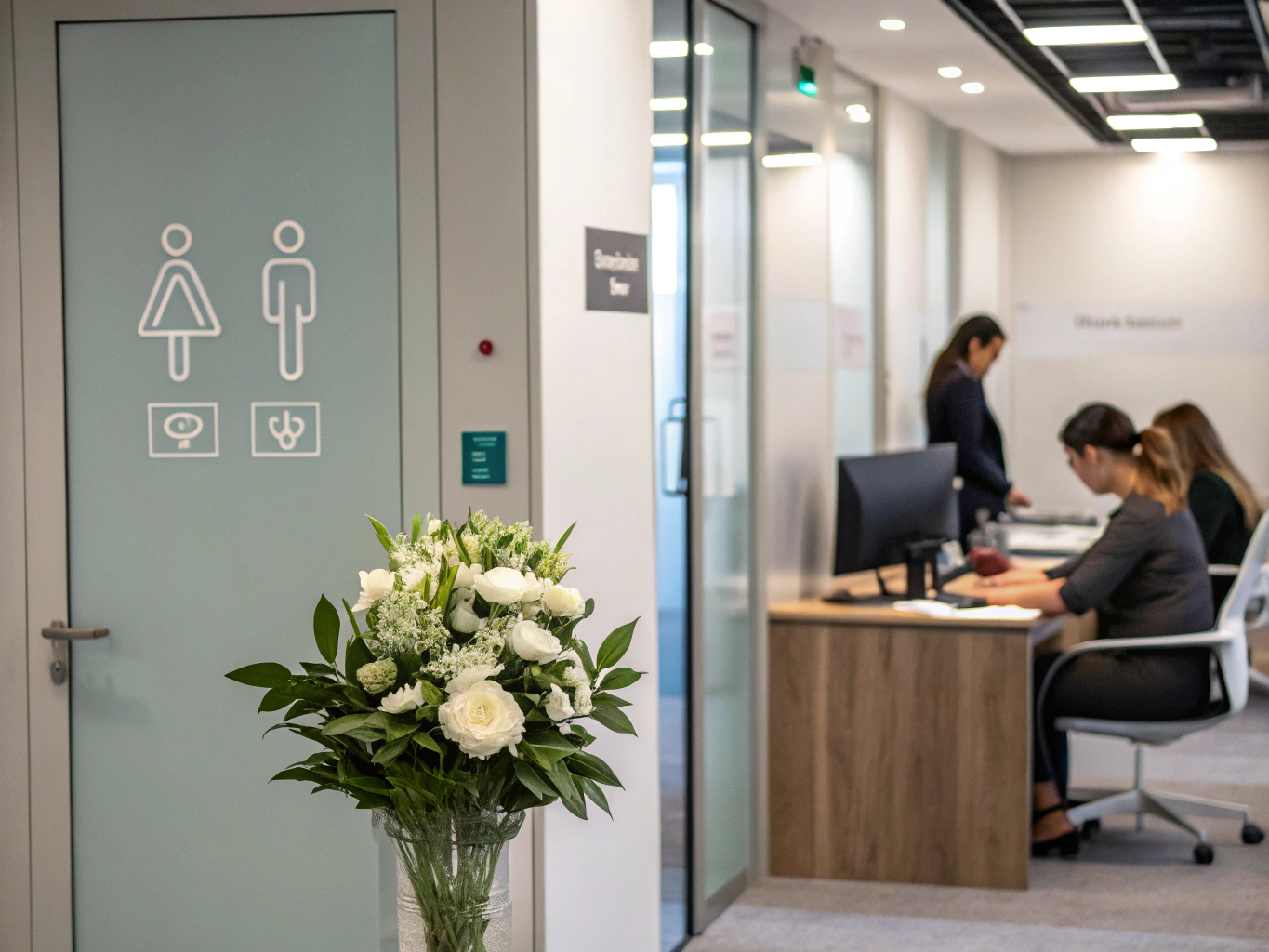Definition
The Offer of Acceptance Rate is a valuable hiring metric that measures the percentage of job candidates who accept job offers extended to them by an employer. It provides insight into the attractiveness of job offers and the effectiveness of the hiring process.
Key Components
Understanding the Offer of Acceptance Rate involves several important elements that help you grasp its significance in the hiring landscape.
- Calculation: To determine the Offer of Acceptance Rate, divide the number of job offers accepted by the total number of offers made, and then multiply by 100 to get a percentage. For example, if you extended 20 job offers and 15 were accepted, your acceptance rate would be (15/20) x 100 = 75%.
- Candidate Experience: The quality of the candidate experience can significantly influence acceptance rates. If candidates feel valued and informed throughout the hiring process, they are more likely to accept an offer. For instance, regular updates about the hiring timeline can keep candidates engaged and interested.
- Compensation and Benefits: Competitive salary and benefits packages play a crucial role in whether candidates accept offers. If candidates feel that the compensation doesn’t align with their expectations or market standards, they may decline. Tailoring benefits to meet the needs of potential hires can make your offers more appealing.
- Company Culture: Candidates often look for a cultural fit when considering job offers. Transparency about your company’s values, work environment, and team dynamics can help candidates gauge if they will thrive in your organization. A positive company culture can sway decisions significantly.
- Feedback Mechanism: Collecting feedback from candidates who decline offers can provide valuable insights into why they chose not to accept. This information can inform adjustments to your hiring practices and job offers, making them more attractive moving forward.
Importance in the Workplace
The Offer of Acceptance Rate is not just a number; it represents how well your organization attracts and retains talent. A high acceptance rate suggests that candidates find your offers appealing and that your hiring process is effective. Conversely, a low rate can highlight potential issues in your recruitment strategy. For example, if many candidates decline offers due to salary concerns, it may be time to reevaluate your compensation packages to remain competitive in the job market.
Additionally, a low acceptance rate can prolong the hiring process, leading to increased costs and the potential loss of top talent to competitors. Understanding this metric empowers you to make data-driven decisions in your hiring strategy, ultimately enhancing your organization’s reputation as an employer of choice.
Best Practices
To improve your Offer of Acceptance Rate, consider implementing these best practices in your hiring process:
- Enhance Communication: Make it a priority to communicate clearly and frequently with candidates throughout the hiring process. For example, setting up a timeline for updates can help candidates feel engaged and less anxious about their status.
- Clarify Expectations: During initial interviews, discuss candidates’ expectations regarding salary, benefits, and work-life balance. This ensures both parties have aligned expectations, reducing the risk of disappointment later on.
- Personalize Offers: Customize job offers to align with what candidates value most. For instance, if a candidate values professional development, consider including opportunities for training or mentorship in the offer.
- Streamline the Hiring Process: A lengthy hiring process can deter candidates from accepting offers. Review your recruitment steps to identify any bottlenecks and consider ways to expedite decision-making without compromising quality.
- Showcase Company Culture: Use your career page and interviews to highlight your company culture. Share testimonials from current employees about their experiences. This gives candidates a real sense of what it’s like to work for your organization.
Legal Considerations
While the Offer of Acceptance Rate itself is not governed by specific legal regulations, it’s essential to ensure that your hiring practices comply with employment laws. For instance, ensure that your job offers don’t inadvertently discriminate against any group based on race, gender, age, or other protected characteristics. Moreover, be cautious with promises made during the hiring process; misleading candidates can lead to legal issues down the line.
Conclusion
Understanding and actively working to improve your Offer of Acceptance Rate is crucial for building an effective hiring strategy. By focusing on candidate experience, clarifying expectations, and personalizing offers, you can attract and retain top talent in an increasingly competitive job market. Remember, a high acceptance rate not only reflects positively on your organization but also contributes to a more efficient and enjoyable hiring process for everyone involved.



